The Best Electric Car to Buy: Always Aim for 'The Next One'
![]() 02/20 2025
02/20 2025
![]() 595
595
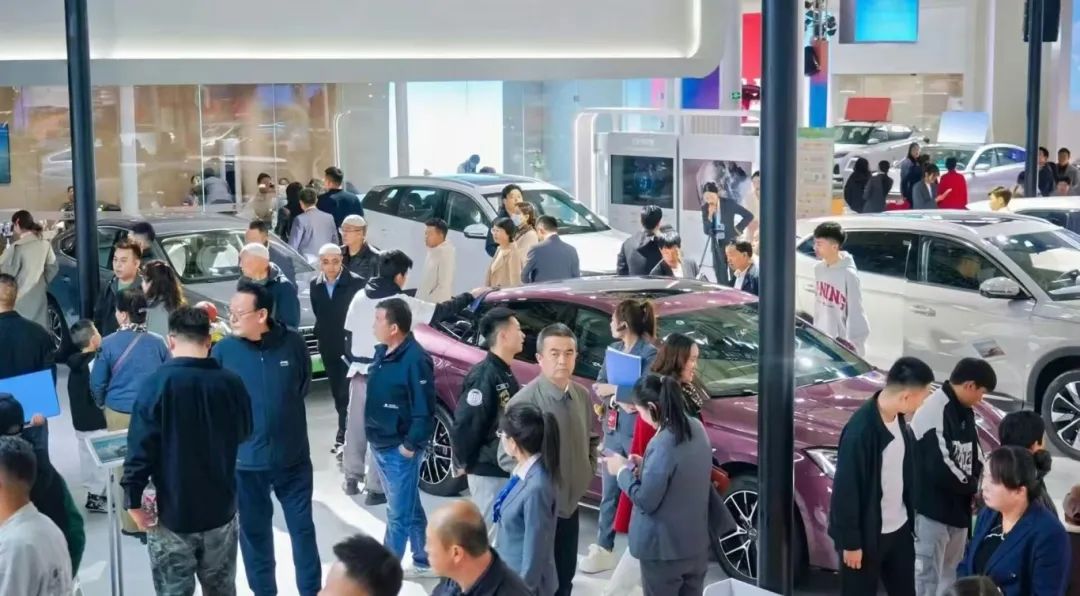
Introduction
'No matter how many times you hurt me, I will still treat you like my first love.'
As the dawn of 2025 breaks, the Chinese automotive landscape is already ablaze with fierce competition.
From automakers' fervent plans to unveil new models over the next 365 days, to Tesla's covert 'five-year interest-free' price war, to BYD's bold entry into the 'era of intelligent driving for all'...
It's a lively scene, indeed.
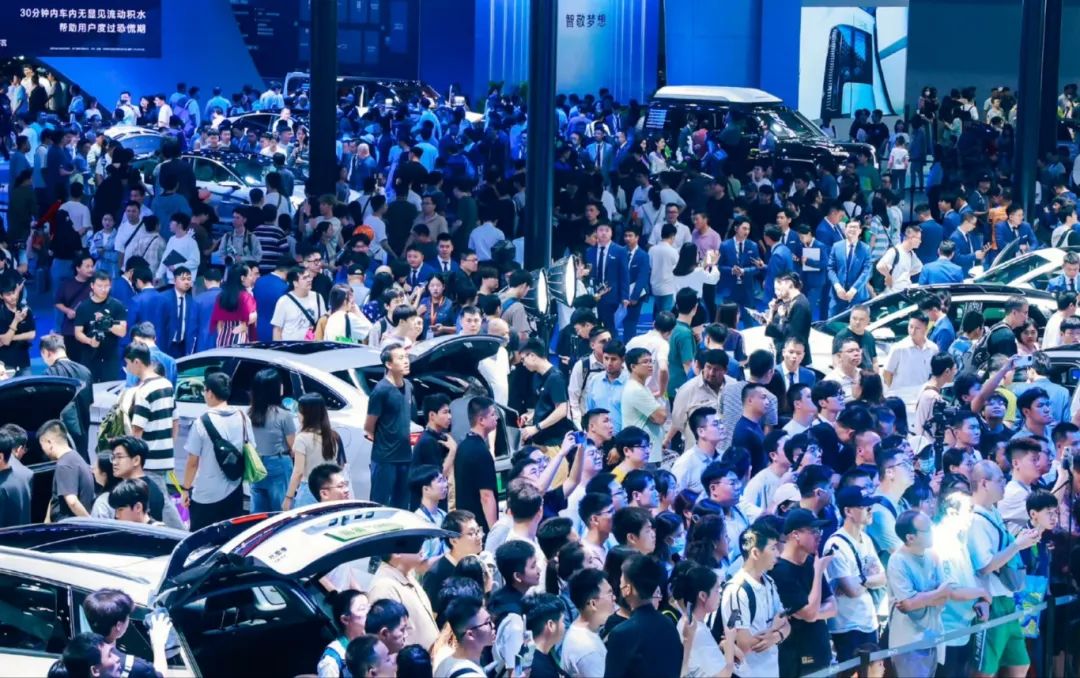
As an observer, I've noticed a troubling trend: all the buzz seems to emanate from electric vehicle players. In contrast, traditional fuel vehicles have quietly faded into the background, scarcely discussed despite their continued sales success. In terms of consumer perception, their phase-out has become a stark reality.
Against this backdrop, many friends have recently posed a similar question: 'Should I buy a new energy vehicle in 2025?' Echoing NIO CEO Li Bin's famous quote, 'I don't understand why anyone would still buy a traditional fuel vehicle,' the answer is harsh yet definitive.
Because, whether in terms of product capabilities, pricing, overall experience, operating costs, or even brand appeal, NEVs (New Energy Vehicles) have surpassed traditional fuel vehicles in most segments. While this statement may stir controversy, the fact remains irreversible.
During the Spring Festival holiday, I returned to Lanzhou, an industrial hub in northwest China. Witnessing a doubling of 'green license plates' compared to last year further solidifies this judgment.
However, rationally and objectively speaking, opting for an NEV now also involves a certain degree of risk. I understand the confusion, so let me elucidate.
'Betrayal' Will Become the New Norm
Why is it risky? Is it due to lingering safety concerns? Or are certain technologies still in their infancy? Or is marketing hyperbole to blame?
Fear not; these are not the key pain points. Rather, repeated 'betrayals' are the crux of the issue.
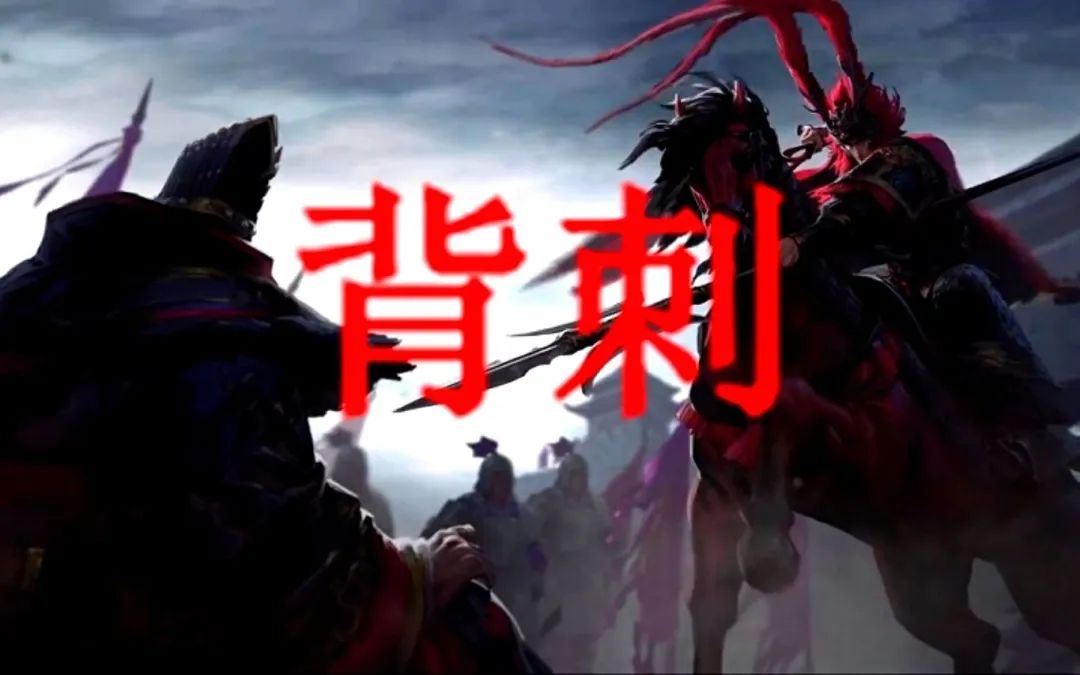
Take 2024 as an example; numerous NEVs witnessed unexpected official price cuts without warning. Manufacturers would refute rumors one day and introduce 'upgraded configurations without a price increase' the next, without offering adequate or sincere compensation. 'Selling old models as new' is also common in dealerships.
Consequently, frustrated early adopters resorted to methods like 'pulling banners' and 'gathering for rights protection,' giving rise to a growing 'wait-and-see' crowd. The title of today's article has inadvertently become a popular joke and lament.
Thus, delving deeper, why do NEVs leave such an impression?
Fundamentally, it's because the Chinese automotive market is undergoing seismic shifts. As competition intensifies, most automakers must maintain their competitiveness and appeal through 'official price cuts' or annual, even semi-annual, product iterations to stay afloat.
Early adopters' sentiments, public criticism, and moral questions seem less significant in the brutal struggle for survival. To seize a larger share of the 'fresh pie,' automakers are forced to fight desperately, knowing they will 'hurt the enemy a thousand and damage themselves eight hundred.'
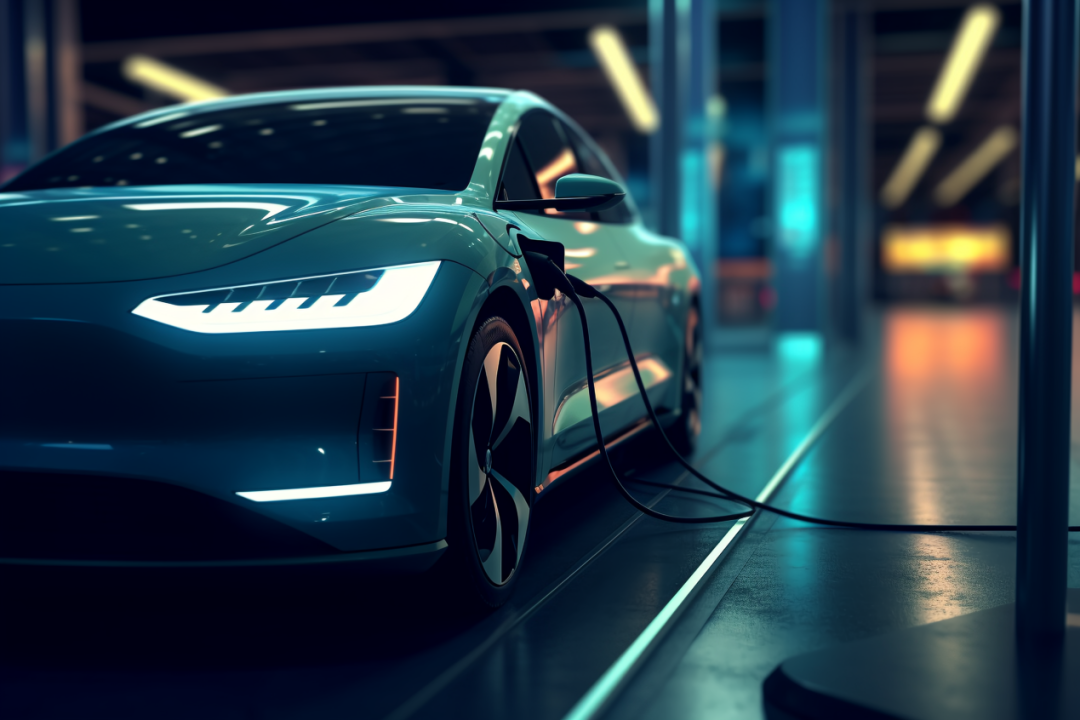
To be fair, such a cutthroat battle would have been unthinkable in the era of traditional fuel vehicles.
However, entering 2025, the intensity has only escalated. It's foreseeable that NEVs 'betraying' consumers will become an industry norm.
For potential buyers holding back, there are essentially three paths: embrace the electric transition with the mindset of 'buying early, enjoying early'; continue to wait and postpone the purchase; or abandon NEVs altogether and revert to traditional fuel vehicles.
If it were me, I'd definitely choose the first option.
Moreover, for automakers blindly competing, despite knowing it's futile, I hope they'll consider how to reasonably appease injured early adopters while being forced to 'betray' them.
After all, if one doesn't cherish one's reputation, there will eventually be a day of backlash.
I also hope that all automakers will openly announce model update timings and introduce sincere promotional policies for current models, enabling everyone to act according to their budget.
A 'Fierce Battle' Looms on the Horizon
Recently, I've been pondering another question: 'After the explosive growth in 2024, what trend will NEVs see in 2025?'
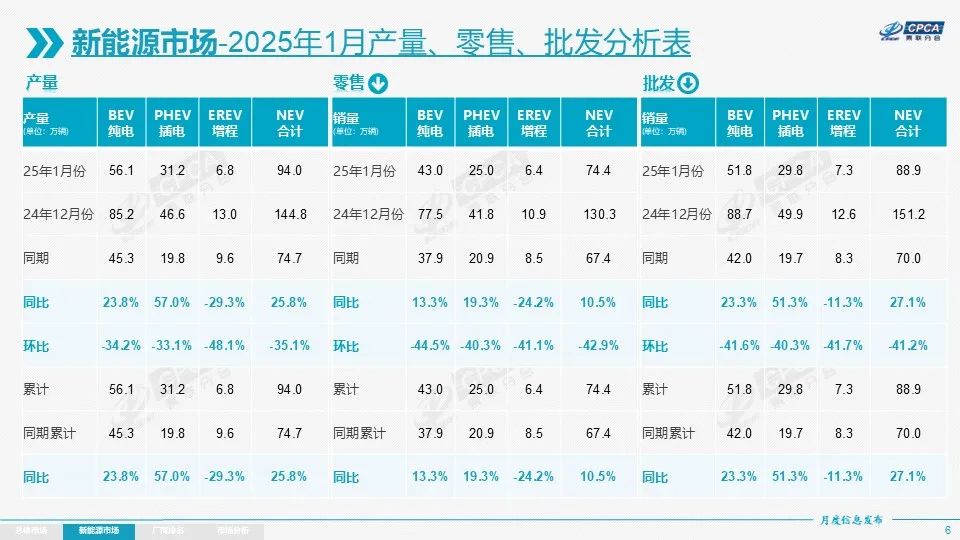
Referring to the sales comparison year-on-year and month-on-month results for the overall market, traditional fuel vehicles, and the subject of today's article, recently released by the China Passenger Car Association, the answer is clear: 'continue to rise rapidly.'
Even in January, a period of adjustment, NEVs undeniably demonstrated the strongest resilience. In the past week, their retail penetration rate surpassed the 50% mark again.
Therefore, I reiterate: 'Whether in terms of product capabilities, pricing, overall experience, operating costs, or even brand appeal, in most segments, NEVs have surpassed traditional fuel vehicles.'
This explains why, despite frequent 'betrayals,' more potential buyers are willing to spend real money on 'falling in love with electricity.'
It's undeniable that the herd effect is spreading rapidly in the Chinese automotive market.
Especially after the 'great migration' during the Spring Festival, a large number of NEVs returning from coastal to inland regions have once again demonstrated a 'lesson' through practical actions.
Coupled with automakers' promotional efforts post-holiday, the occupation of consumer minds is becoming increasingly formidable. Nationally, policies also continue to provide support and protection.
With this atmosphere, 2025 is destined to be a year dominated by NEVs and an ideal time to place orders. Of course, the decision to 'buy or not buy' remains in everyone's hands.
I must remind you that, according to current information, the exemption of vehicle purchase tax for NEVs will completely end by the end of the year. Next, once NEVs stand on equal footing with traditional fuel vehicles without external assistance, what kind of development will emerge is undoubtedly fraught with uncertainties.
The 'carnival' for NEVs is not infinite, and a 'fierce battle' looms on the horizon. Imagine having to pay an extra RMB 30,000 in taxes for a product priced at RMB 300,000.
As I write this, I realize I might be a bit too anxious and worried.
On one hand, whether national policies will change again remains to be seen. On the other hand, who says that NEVs without 'crutches' cannot maintain their current exhilarating growth rate?
However, what's more worthy of attention now is how NEVs will launch a devastating attack on the depths of the traditional fuel vehicle market in 2025.
After the 'Crossing the Yangtze River Campaign,' how will the plot unfold...







